Clothing and Colours
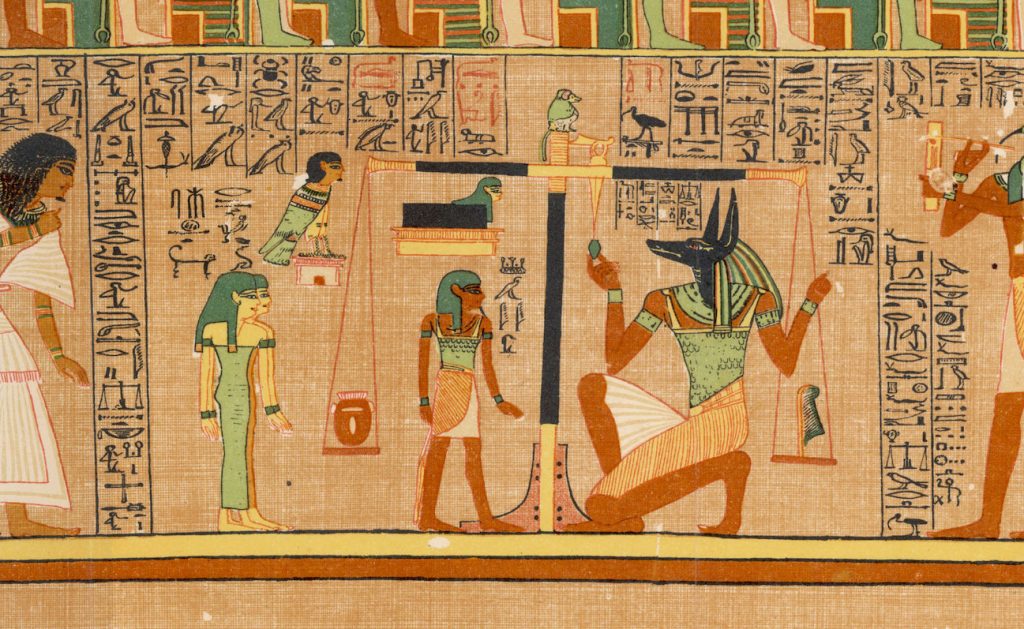
Between 3100 AD. to 30 AD., ancient Egypt had a very broad array of clothing styles between the classes, which I wasn’t very surprised about. Those who were poor wore very little and those in the upper classes and those that were wealthy wore very extravagant pieces. Though styles varied through the classes, very little was different between how men and women dressed.
To start off, the children of Egypt wore nothing. Yep, no clothes what so ever. They ran around completely naked until puberty, which personally, is a long time to go without clothes.
Men and women in lower classes mostly wore a kind of knee-length dress, called a kalasiris, that was made usually out of cotton or linen. It was fastened round the waist by a belt for both genders. White clothing was extremely rare and reserved for those who could afford it, so lower class people wore a cream hue of this dress. Egypt saw men and women as equals and treated them so for how they dressed and in every manner. I was honestly so shocked to learn how advanced civilization was back in the day!
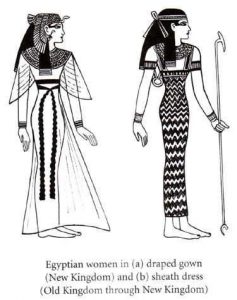
Upper-class Egyptians wore very similar items of clothing, but they paired the kalasiris’ with jewelry, and when I saw jewelry, I mean a lot of it! Jewelry was worn by all classes, but it was more prominent in the upper-class because they were the only ones who could afford it! Women’s dresses were distinguished by how fitted they were. Upper-class women had a more fitted silhouette with no sleeves, and of course, lots of jewelry. The only odd thing about the women’s clothing to me was that their breasts were usually out. They didn’t have a care in the world when it came down to show off their boobs.
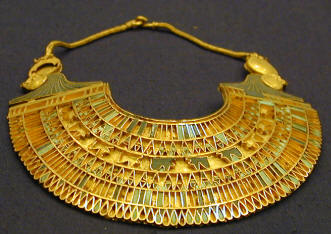
Other accessories and items such as wigs and papyrus were worn (which were a kind of shoe). These items were worn by the wealthy and on special occasions. Makeup was also worn by all in Egypt. Out of all ancient civilizations, they experimented with the most cosmetic items and materials. They would paint their nails with henna and mostly used eyeliner to help define their eyes and protect them from the sun.
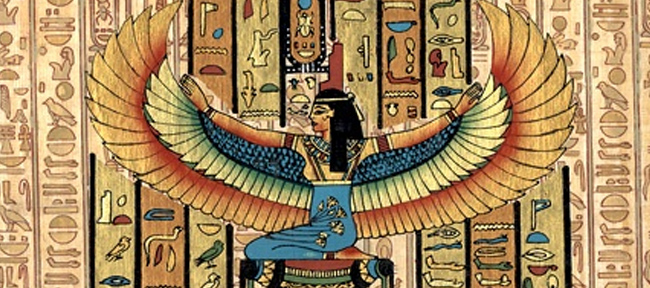
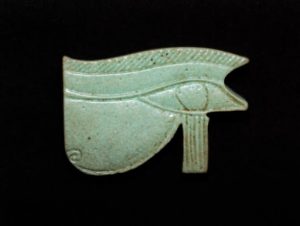
Colours were an important part of life in Egypt. They used colours to help paint pictures and tell stories of how things were and going to be. Certain colours had certain meanings, such as red, being used to represent men’s skin tone because it was thought to be a very strong and protective colour. Women were adorned with blues and greens, believing those to bring fertility. Hathor, the goddess of the sky and fertility, and other gods such as Bes and Thoth were depicted with blue skin and blue amulets to emphasize this. I never thought that colour had such a significance to people. I knew that it was used to help communicate, but I had no idea it was so much more than that.
Mark, Joshua J. “Fashion & Dress in Ancient Egypt.” Ancient History Encyclopedia, Ancient History Encyclopedia, 26 Sept. 2020, www.ancient.eu/article/1037/fashion–dress-in-ancient-egypt/.
“Clothing in Ancient Egypt.” Wikipedia, Wikimedia Foundation, 10 Sept. 2020, en.wikipedia.org/wiki/Clothing_in_ancient_Egypt.
“Colour in Ancient Egypt.” Ancient Egypt Online, ancientegyptonline.co.uk/colour/.
Mark, Joshua J. “Color in Ancient Egypt.” Ancient History Encyclopedia, Ancient History Encyclopedia, 29 Sept. 2020, www.ancient.eu/article/999/color-in-ancient-egypt/.
“Google Images.” Google, Google, google.com/.
Leave a Reply